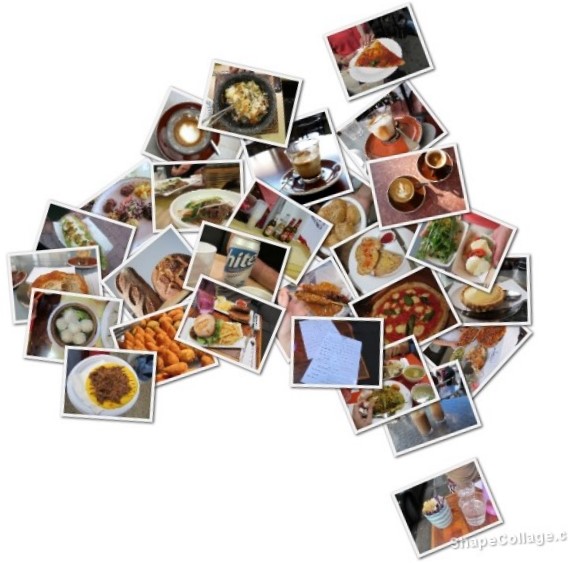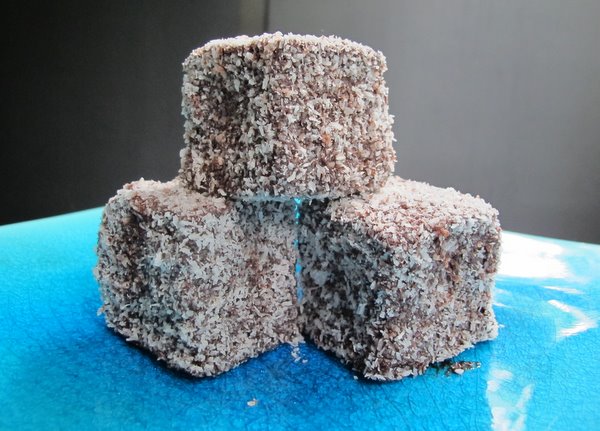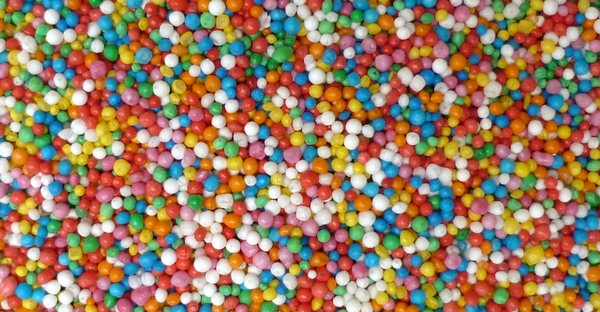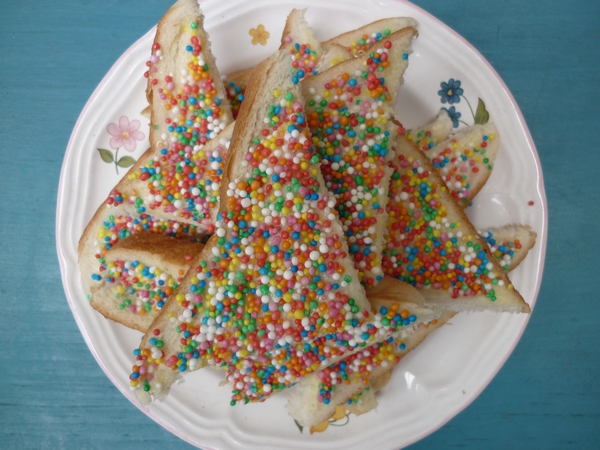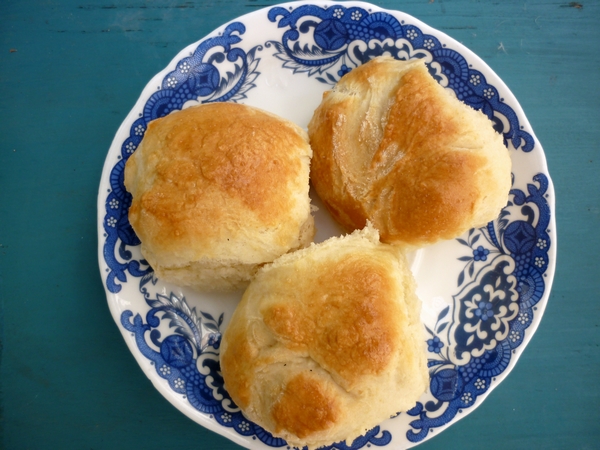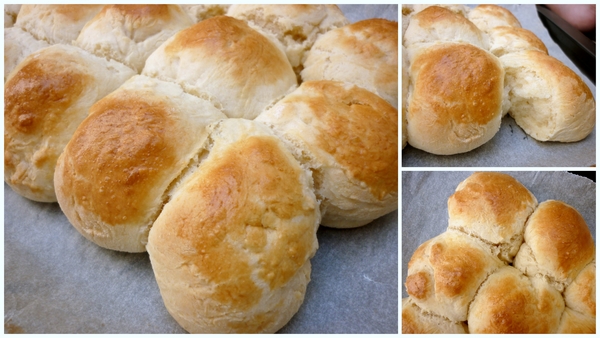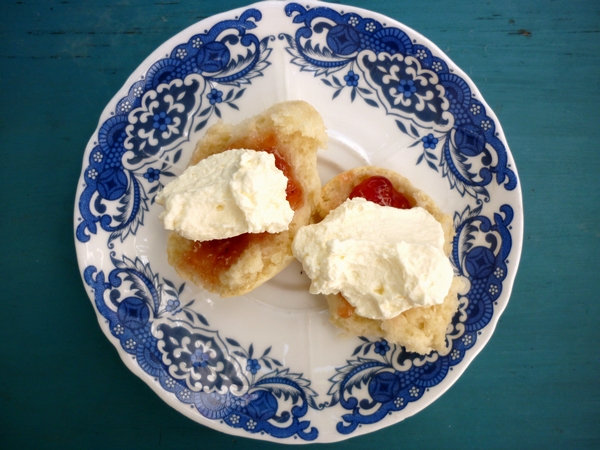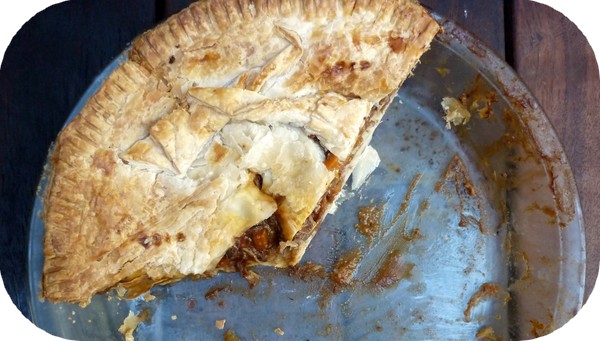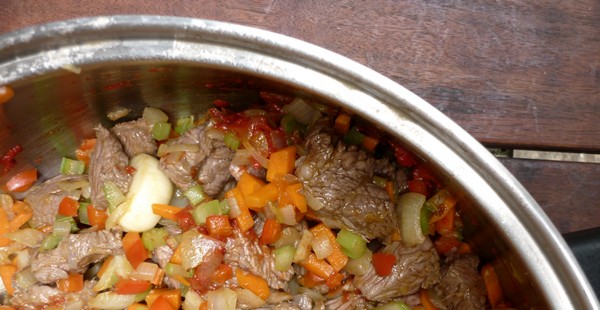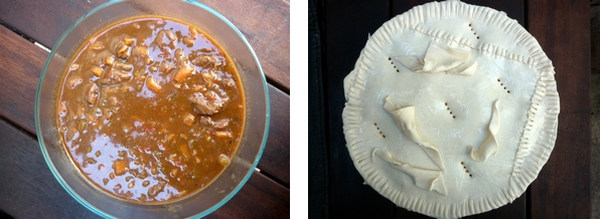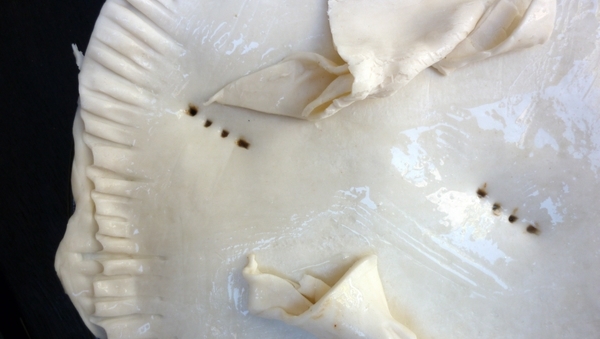Sydney
For your caffeine hit
Cafe Dov, Potts Point
Bang Bang Espresso, Surry Hills
Becasse Bakery, CBD
Bourke Street Bakery – All stores
Clipper Cafe, Glebe
Coffee Trails, Haymarket
Double Roasters, Marrickville
Gnome Espresso, Surry Hills
Petty Cash Cafe, Marrickville
Raw 101, Castle Hill
Reuben Hills, Surry Hills
Room 10, Potts Point
The Little Marrionette, Annandale
For a bite
Becasse, CBD
Charlie and Co, CBD
El Loco, Surry Hills
Gelato Messina, Darlinghurst
Jackie M, Concord (bookings required, txt 0424 260 494)
Ms G’s, Pott’s Point
Quarter 21, CBD
The Dip, CBD
Toko, Surry Hills
Rockpool Group Restaurants
For a drink
Coogee Bay Hotel, Coogee
Fredas, Chippendale
Wine Library, Woollahra
The Carrington Hotel, Surry Hills
Melbourne
For your caffeine hit
3 Bags Full Cafe, Abbotsford
Coin Laundry, Aramadale
Market Lane, Prahran Market
Monk Bohdi Dharma, Balaclava
Ora Cafe, Kew
Red Door Corner Store, Northcote
Yellow Bird Cafe, Prahran
For a bite
Ladro, Prahran
Rockpool Group Restaurants
Brisbane
Boardwalk Bar and Bistro, CBD
Grub Street Cafe, Gaythorne
The Fishery, Milton
Know somewhere else to eat/drink that’s open today? Comment below and I will add it to the list. Happy Australia Day, chums!
The point of the lamington is to use up old sponge cake. Who in the hell has a heap of old cake lying around? No one. That’s why I neither like nor understand the lamington; the basic concept baffles me. In fact, I’d never even made a batch before this post.
The point is, whether it makes sense or not, that is what a lamington is. I will defend to my death the authentic/traditional ‘Strayun lamington recipe as made perhaps not on its first occasion but ever after.
Here’s how it goes- sponge cake, chocolate icing and dessicated coconut. I cannot stress this enough. It is integral to both the flavour and texture of the lamington. But recently, in trendy cafes and even, shock, horror, on food blogs (even ‘Strayun ones), I have come across furry, rather than fuzzy lamingtons – they have been using shredded coconut, not dessicated. For shame.
In actual fact, my recipe is not even a recipe for lamingtons, it’s pretty much a recipe for icing. Because if the point of the lamington is to use up stale cake, you might as well just buy a sponge cake from the shops and be done with it. I did. Even so, this recipe is truer to form than the spiky, echidna-like lamingtons I’ve had the displeasure to witness in recent times.
You may add whipped cream or some raspberry or strawberry jam in the centre of the lamington, no worries mate, but for God’s sake, stick to the tried and true recipe. Don’t mess with a good thing! After all, it is Australia Day.
Lamingtons (icing recipe from the Australian Women’s Weekly)
1 x 450g sponge cake (mine was a pack of two rectangular sponges)
4 cups icing sugar mixture
1/2 cup cocoa powder
1 cup milk
15g butter
2 cups dessicated coconut
Sift the icing sugar and cocoa in a large heat proof bowl. Stir in the milk and add the butter.
Over a simmering saucepan (double boiler) stir the mixture until the butter melts and you have a smooth icing. Set aside.
Cut the sponge into even pieces with a sharp knife, I got 24 pieces in total.
Coat the sponge with icing, letting the excess drip off, coat in coconut and leave to rest. See below for more details.
embedded by Embedded Video
YouTube
Happy Australia Day!
I have to admit that I’m a little bit surprised by my own cooking these days. There are times when it is just so damn…traditional. I find myself saying things like ‘the classics are classics for a reason.’ The cookbooks I’m collecting are published by the Australian Women’s Weekly. I find myself craving things like a sausage. On white bread. With tomato sauce. Could this be my palate’s backlash against the multicultural Australian table? Will I be reduced to eating meat and three boiled veg the rest of my days?!
Somehow I don’t think so. Although I enjoy the pleasures of a simple meal as much as the next minimalist cooking guru, I don’t think my love of fresh baked bread with butter is going to kill off my longing for a good Vietnamese feed, adapted from the real deal or not. Another thing to remember is that while some food may seem exotic to me, they’re just business as usual for those that grew up with them.
All this is really just a roundabout way of saying that when I signed up for today’s pavlova blog hop, I knew I wouldn’t be getting fancy. I knew I’d be sticking with ‘old faithful’, The Australian Women’s weekly 4 egg pav. I’m lazy, so I knew I’d be topping it with whipped cream and frozen raspberries and nothing more, even thought there’s nothing I like better than what I consider the classic pav fruit combo: passionfruit, mango, banana, kiwi fruit and strawberries.
Raspberry Pav (From The Australian Women’s Weekly)
4 eggs whites (tip: separate them in a separate bowl, pouring them into the bowl you will beat them in one by one. Nothing worse than having to chuck out 4 yolked whites rather than two)
1 cup sugar
300ml cream, thickened or pure
3 teaspoons icing sugar mixture
½ teaspoon vanilla extract
Frozen raspberries, to top – I used close to two cups
Preheat your oven to 120°c (110°c fan forced). Line a flat tray with baking paper, draw a 15-20cm circle on it if you like.
Make sure everything (bowl, beaters) is completely dry. Beat the eggs for about 10 minutes on high speed, until firm-ish peaks form. I use an electric hand beater, this may take less time with a standing mixer, I have no idea.
Add the sugar bit by bit, still beating. Wait until the sugar is completely dissolved before adding more. I did this in about 5 lots, it took about 3 minutes.
Shape your pavlova on the tray, levelling it so that it has a flat top. Bake for 1 to 1½ hours, turn off the oven, open the door and allow the pav to cool completely in the oven.
Meanwhile, whip together the cream, icing sugar and vanilla until soft peaks form.
When the pav is completely cooled, carefully peel off the baking paper, place on a plate and decorate. It’s great served immediately or over the next few days.
What about you? What’s your fave ‘traditional’ recipe?
It’s funny, but when I’m pressed for time I suddenly am able to achieve a whole lot more. Take this morning, for example. It was my first day at a new job and I suddenly found time to bake a bunch of pumpkin scones. Less time = more baked goods in my household, although it may also have something to do with the fact that I needed a recipe to post today…
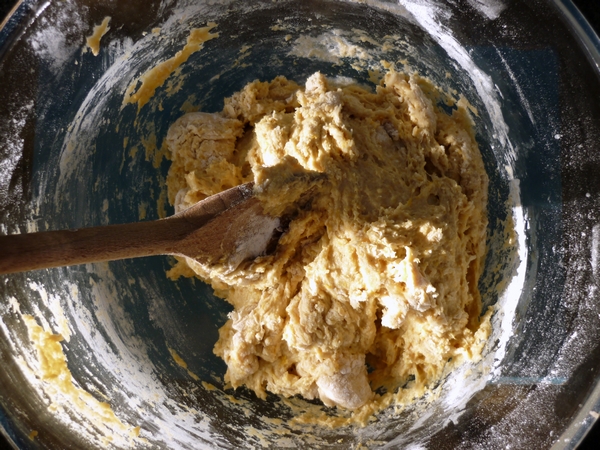
No matter, these scones are a breeze. I knocked it up in half an hour and it was well worth the effort. Although not as light and fluffy as the lemonade scones I made a while back, they are the kind of thing you can eat plain, although I think you could up the mixed spice and pumpkin.
Pumpkin Scones from ABC Queensland
50g butter at room temperature
¼ cup brown sugar
1 egg
½ teaspoon mixed spice
1 cup cold mashed pumpkin (otherwise the butter will melt)
2½ cups self-raising flour
Milk or egg, for glazing
Butter and honey, to serve
Preheat oven to very hot, 220°C. Line baking tray with paper.
Cream butter, sugar, eggs and spice. Stir in pumpkin with a wooden spoon.
Add flour in 3 batches, stirring with spoon. The dough will be quite sticky and elastic.
Place dough on a lightly floured bench and split in half. Continue halving the dough until you have 16 even portions (I got 15, one was a bit of a runt so I broke it up and added it to the other smaller ones). You may need to heavily flour your hands to do this. Quickly form the portions into balls.
Place the scones in the centre of the tray, so they are just touching. Bake for about 12-15 minutes, or until golden and cooked through. Slather with butter and honey and serve immediately, don’t wait!
What about you? Do you find you get more done under pressure?
Yesterday Lorraine over at Not Quite Nigella described the special treat of being given 20 cents to buy something at the school fete and tossing up between honey joys, pikelets, toffees and other assorted goodies, eventually choosing whichever was the biggest. This reminded me of another nostalgic gastronomic occasion – kids’ parties, where the unfettered appetites of small children are allowed to run wild.
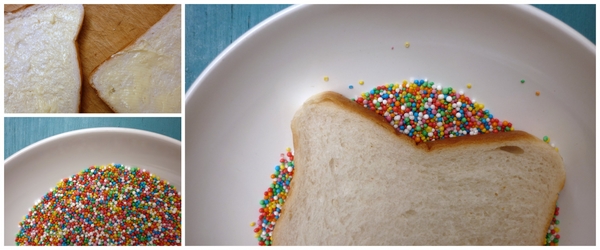 When I was a child, my parents would let me and my brothers have a party with our friends every second year, and we’d always get to choose a cake out of the Australian Women’s Weekly Kids’ Birthday Cake Cookbook, which, incidentally is one of The Age’s most influential Australian Cookbooks. The cake, be it a train, a Disney character, a doll or a swimming pool filled with green jelly (this was way back in the olden days before blue jelly was invented) would take centre stage amongst the mini frankfurts, party pies, sausage rolls, butterfly cakes and fairy bread on the table. This was one of my favourites, I think I had it for my 5th birthday.
When I was a child, my parents would let me and my brothers have a party with our friends every second year, and we’d always get to choose a cake out of the Australian Women’s Weekly Kids’ Birthday Cake Cookbook, which, incidentally is one of The Age’s most influential Australian Cookbooks. The cake, be it a train, a Disney character, a doll or a swimming pool filled with green jelly (this was way back in the olden days before blue jelly was invented) would take centre stage amongst the mini frankfurts, party pies, sausage rolls, butterfly cakes and fairy bread on the table. This was one of my favourites, I think I had it for my 5th birthday.
Kids’ parties were never the place to worry about nutrition. Many a picture of me graces the family albums wearing a crooked party hat and an insane sugar-fuelled grin, my mouth smeared with tomato sauce and a trail of hundreds and thousands down the front of my party dress. And I wouldn’t have it any other way.
Fairy bread is another of the few Australian/New Zealand recipes, along with Pavlova and Lamingtons that are entirely unique to their region. It’s something you just take for granted and never give a second thought until someone presents a plate of it to you, and then it takes you back to that place of sugar-fuelled madness not exclusively reserved for children. I have wanted to post a recipe for fairy bread for a while but it’s so easy to make it hardly seemed worth recording. Then I realised that there are probably thousands of recipes that have been forever lost because people thought they were ‘too obvious’ or ‘just common sense.’ To be fair, fairy bread has appeared all over the web, even on U.S. superblog The Kitchn, an arm of Apartment therapy so it’s in no danger of being lost any time soon. But I still want to post it myself, because I love it.
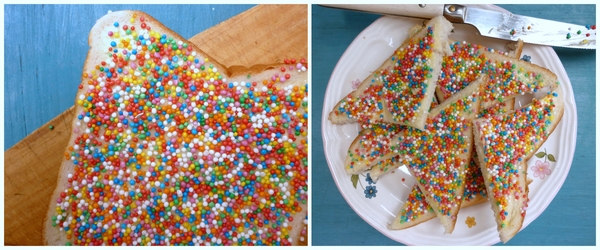 The key to fairy bread is soft, mass produced bread- no other kind will do. Also, make sure you use hundreds and thousands, the round, crunchy rainbow sprinkles rather than the flat ones. Always be sure to spread the butter all the way to the crust. And finally, rather than sprinkling the hundreds and thousands over the thinly-buttered bread, pour them onto a plate and dip the bread in, allowing the sprinkles to stick.
The key to fairy bread is soft, mass produced bread- no other kind will do. Also, make sure you use hundreds and thousands, the round, crunchy rainbow sprinkles rather than the flat ones. Always be sure to spread the butter all the way to the crust. And finally, rather than sprinkling the hundreds and thousands over the thinly-buttered bread, pour them onto a plate and dip the bread in, allowing the sprinkles to stick.
Fairy bread
1 loaf of fresh, soft, white bread
Softened butter (or margarine if you must)
1 large packet of hundreds and thousands
Pour the hundreds and thousands into a plate or flat bowl. Spread as many slices of bread as you like with a layer of butter.
Dunk the bread into the hundreds and thousands, butter side down. Shake off any excess. Cut the bread into four triangles.
Serve to whoever is closest. It’ll be demolished in 5 minutes flat.
What’s your favourite childhood party food?
I have many memories of my mother’s cooking from my childhood, and I still make many of the recipes she cooked for me; Grandma’s spaghetti, Risotto Milanese, self-saucing chocolate pudding and one of my all-time favourite comfort foods, ‘Italian Stew’, a recipe someone gave her that came off the back of a tomato puree can involving beef strips, onions, capsicum, tomato puree, egg fettuccini and about half a packet of tasty cheese. Heaven.
However, memories of my father cooking when I was a child are few and far between. I remember him standing over his home-made barbie in front of the veggie patch, searing sausages and steaks while my mum prepped the classics- potato salad with mayo and hard-boiled eggs, ‘normal’ salad of lettuce, tomato, carrot and tasty cheese, and my least favourite, cold curried rice, with those dreaded sultanas.
The only other thing I remember my Dad making was scones. Or should I say, his version of scones, which is pretty much damper. The ingredients are self-raising flour, water, or sometimes milk if he’s feeling particularly decadent, and sultanas, which he mixes into a dough, shapes into a mound, bakes, slices and serves piping hot with margarine and honey.
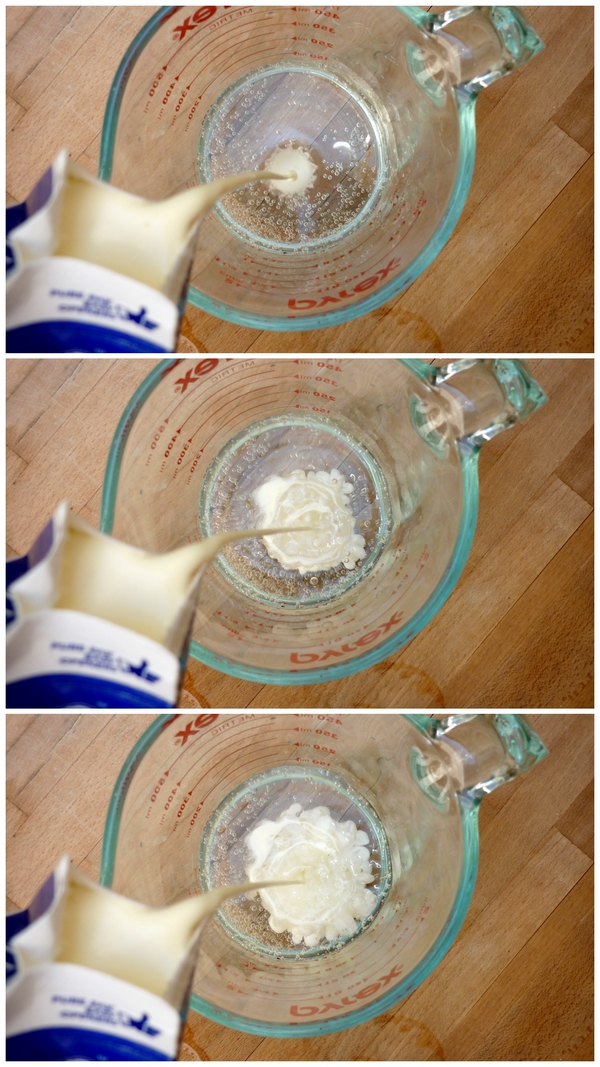 My Dad’s not fussy when it comes to food and is most certainly the source of my practical streak, but even I can’t bring myself to simplify the recipe this much. Sure, his method cuts out most of the work and most of the ingredients that make up the scone but I’m sorry to say, it also cuts out most of the flavour. Might be ok for a jolly swagman but it ain’t gonna cut it for me.
My Dad’s not fussy when it comes to food and is most certainly the source of my practical streak, but even I can’t bring myself to simplify the recipe this much. Sure, his method cuts out most of the work and most of the ingredients that make up the scone but I’m sorry to say, it also cuts out most of the flavour. Might be ok for a jolly swagman but it ain’t gonna cut it for me.
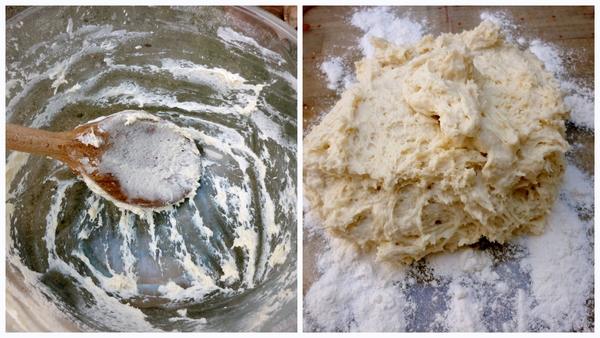 Scones are somewhat fiddly, with the rubbing of butter into flour and the stickiness of dough. That kind of stuff is best avoided in my opinion, so I think my Dad’s on the right track. Grandpa’s scones are a delicious compromise. I only tasted them once, when I was 12 or 13, but I remember them fresh and hot from the oven, firm on the outside, rich and fluffy on the inside. It was a delightful surprise as I never knew Grandpa could cook. We slathered the scones with butter and jam. ‘They’re lemonade scones,’ he said. ‘Really easy.’
Scones are somewhat fiddly, with the rubbing of butter into flour and the stickiness of dough. That kind of stuff is best avoided in my opinion, so I think my Dad’s on the right track. Grandpa’s scones are a delicious compromise. I only tasted them once, when I was 12 or 13, but I remember them fresh and hot from the oven, firm on the outside, rich and fluffy on the inside. It was a delightful surprise as I never knew Grandpa could cook. We slathered the scones with butter and jam. ‘They’re lemonade scones,’ he said. ‘Really easy.’
A few years ago I came across a lemonade scones recipe on Exclusively Food which is a great resource for basic Aussie recipes. This soon became my go-to scone recipe. It consists of only three ingredients (not counting the optional egg wash): self-raising flour, lemonade and cream. The cream fulfils the role usually played by butter and milk, the lemonade tops up the liquid, acts as a sweetener and the bubbles also help the scones rise.
I always judge recipes in terms of the ratio of effort over results, and the results here are truly worth it. The scones come out of the oven beautifully flakey inside, they rise beautifully and have a lovely golden crust. I would love to experiment with other soft drinks- ginger beer and date scones would be pretty tasty. But I can’t go past this recipe so I’ve never gotten around to it.
Lemonade Scones (from Exclusively Food)
325g (2 cups + 2 tablespoons) of self-raising flour
2/3 cup cold lemonade (I’ve also used lemon squash. It really makes no difference)
2/3 cup full fat cream, cold. I used pure cream as it was on special but you could also use thickened cream.
A beaten egg or milk to glaze, if desired.
Preheat oven to 225°C and line a baking tray with baking paper. The oven must be very hot as scones have a very short cooking time.
In a large bowl, whisk the flour to remove any lumps. Combine lemonade and cream in a medium bowl or jug.
Pour lemonade and cream mixture in to flour and gently stir ingredients together. Be careful not to over mix as the scones need to be light. The dough will be quite sticky and elastic.
Place dough on a lightly floured bench and split in half. Continue halving the dough until you have 16 even portions (I got 15, one was a bit of a runt so I broke it up and added it to the other smaller ones). You may need to heavily flour your hands to do this. Quickly form the portions into balls.
Place the scones in the centre of the tray, so they are just touching. Glaze if desired. Bake for about 12-15 minutes, or until golden and cooked through. Serve immediately, don’t wait!
What’s your favourite family recipe?
There are some foods that are inextricably linked to national identity, considered representative or symbolic of a nation. As Australia post-1788 doesn’t have a long culinary history, we only have a few foods that are really seen as (almost) uniquely Australian; vegemite, the lamington, the pavlova, damper, fairy bread and the Aussie BBQ. But there is one food in particular that expats all over crave, never realising how great their love of it before they leave home- the meat pie.
Of course it’s by no means clear-cut. Food icons are not divided by national boundaries anymore than any other cultural phenomena. For example, almost all the foods that I mentioned above as ‘(almost) uniquely Australian’ are claimed by New Zealand as well. And of course food nostalgia can hit you for any tasty treat or even for foods you don’t like. They don’t even have to be linked to your history or your country. But there is definitely a strong link between national identity and food.
Although making pie from meat is by no means unique to Australia, other than New Zealand there is no other country I’ve come across where virtually everywhere you go, you can grab a pie. This isn’t to say we eat them often; I might have two pies in a whole year, but when you go overseas and you can’t just grab a pie it’s a culture shock. And that to me is the measure of an iconic food. That feeling, a kind of a mix of longing, disbelief and of course hunger when you can’t find that food you’re so used to being able to grab wherever you go. In fact, that may be why I’ll only get around to eating two meat pies in a year: I know they’ll always be there and thus take them for granted.
The pies you get at every local bakery, servo and supermarket in Australia are, like any mass-produced food, incredibly different from the kind you’d make at home. In fact, a home-made pie makes no attempt to imitate a mass-produced one, and vice versa. But they are delicious in their own way; flaky, hot and with tender beef chunks, slathered in or (god forbid) without tomato sauce. There is no wrong way to eat it and no wrong time – the Aussie beef pie suits all occasions. You could even serve one up this Australia day…
Aussie Beef Pie
500g chuck steak, diced
2 Tablespoons olive oil
2 cloves garlic, finely chopped
1 large onion, finely chopped
1 carrot, finely chopped
2 sticks celery, finely chopped
1 red capsicum, finely chopped
1 Tablespoon ground paprika
1 Tablespoon tomato paste
1 glass of wine (any kind)
1 glass of water
375ml liquid beef stock
2 bay leaves
Freshly cracked black pepper, to taste
1 cup cold water mixed with 1 Tablespoon cornflour
2 sheets frozen butter puff pastry
1 egg, lightly beaten
Tomato sauce, to serve, if desired.
In a heavy-based saucepan, heat the oil and cook the steak until sealed and browned. Transfer to a bowl.
Add the vegetables and fry until translucent, about 5 minutes. Return the beef to the pan and add the paprika and tomato paste. Stir through.
Add all the remaining ingredients except for the cornflour mixture, pastry and beaten egg. Simmer mix for 45 minutes. Stir through cornflour mixture and simmer until thick. Allow to cool and refrigerate overnight.
The next day, preheat the oven to 220 ◦c. Lightly grease a round pie dish and line with a sheet of puff pastry. Fill with the beef filling and top with a second pastry sheet. Crimp the two sheets together with a fork and cut away the excess pastry. Finally, prick some holes in the top of the pie to allow air to escape and brush the top with beaten egg.
Bake for 45 minutes or until top and bottom of pie are golden (it helps to use a Pyrex dish so you can see this happening). If the pie browns too quickly on top, cover with foil.
Allow the pie to cool for 10 minutes or so before cutting and serving with tomato sauce and any veg you prefer. For me, it steamed green beans and mashed potato. Enjoy!
What foods represent your national identity?
About me
 Sharing easy recipes, hunting down the best coffee. Honest accounts, nothing too serious. Read more...
Sharing easy recipes, hunting down the best coffee. Honest accounts, nothing too serious. Read more...Recent Posts
- Aerpress means no more shit #travelcoffee and #workcoffee
- Why I write and four ace bloggers who do it better
- The five best things I ate in London
- Shoreditch is awesome, airports are not
- I quit sugar? Do I bollocks.
- Cubao Street Food, Alexandria
- The Reformatory Caffeine Lab, Surry Hills
- Brewtown Newtown
- Stay caffeinated over Christmas
- Gumption by Coffee Alchemy, Sydney CBD
Popular posts this month…
 Review – Philips Saeco Intelia posted on January 10, 2012
Review – Philips Saeco Intelia posted on January 10, 2012  Sparkling Long Black posted on May 10, 2011
Sparkling Long Black posted on May 10, 2011 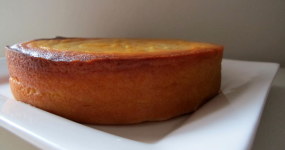 Kosher Whole Orange Cake posted on July 5, 2011
Kosher Whole Orange Cake posted on July 5, 2011 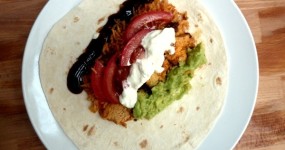 The quest for Mex part 2 – Feisty Chicken Burritos posted on December 21, 2010
The quest for Mex part 2 – Feisty Chicken Burritos posted on December 21, 2010  Vella Nero Coffee Couture, Sydney CBD posted on June 28, 2011
Vella Nero Coffee Couture, Sydney CBD posted on June 28, 2011 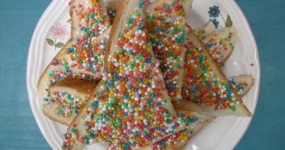 Fairy Bread posted on March 11, 2011
Fairy Bread posted on March 11, 2011 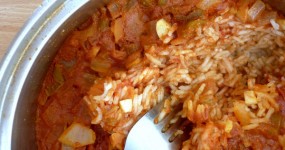 The quest for Mex part 1 – Mexican Red Rice posted on December 17, 2010
The quest for Mex part 1 – Mexican Red Rice posted on December 17, 2010  Gumption by Coffee Alchemy, Sydney CBD posted on December 13, 2013
Gumption by Coffee Alchemy, Sydney CBD posted on December 13, 2013
Disclaimer:
All opinions in this blog are mine, an everyday, real-life person. I do not accept payment for reviews and nor do I write sponsored posts. I do not endorse the content of the comments herein.

